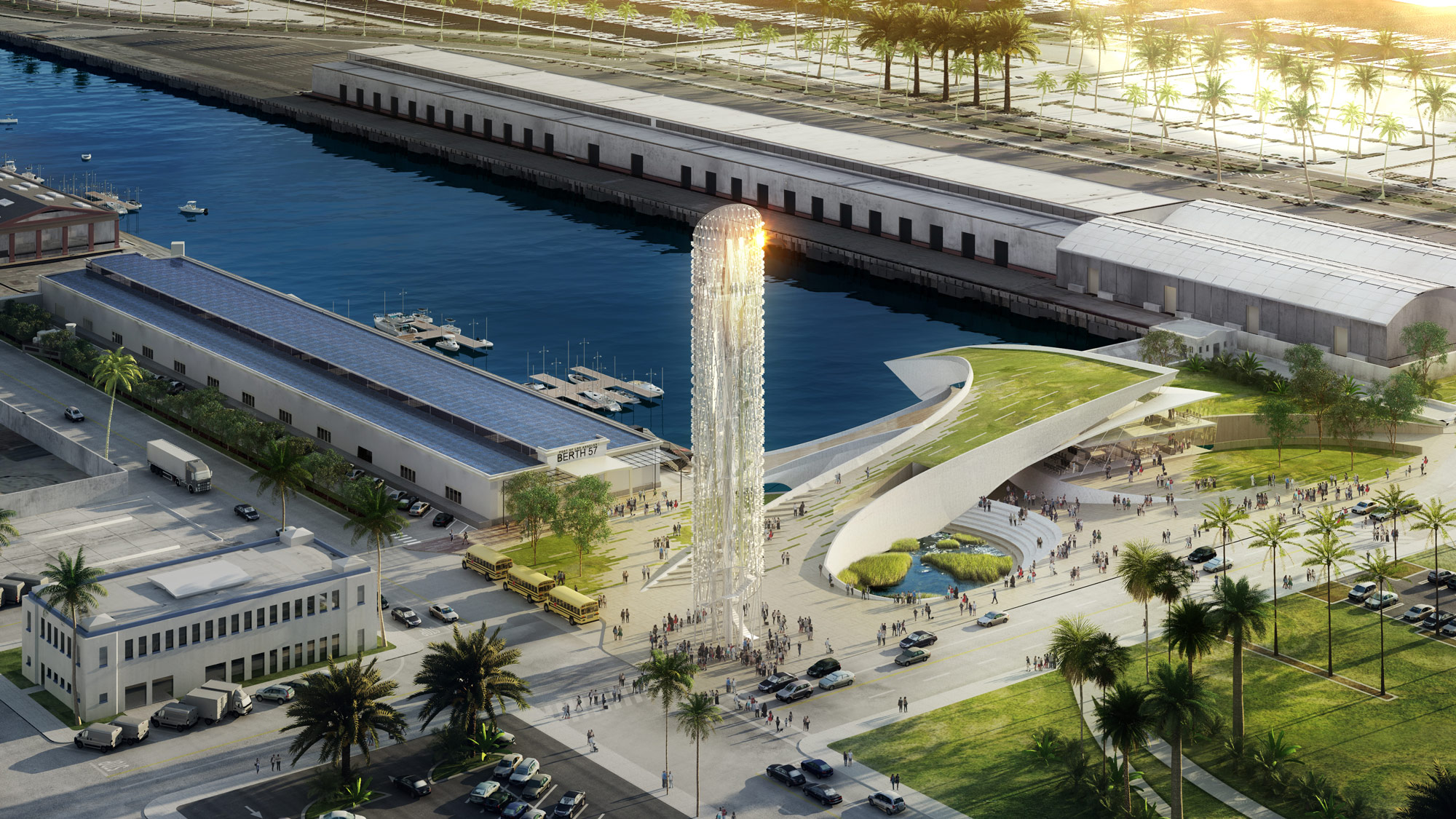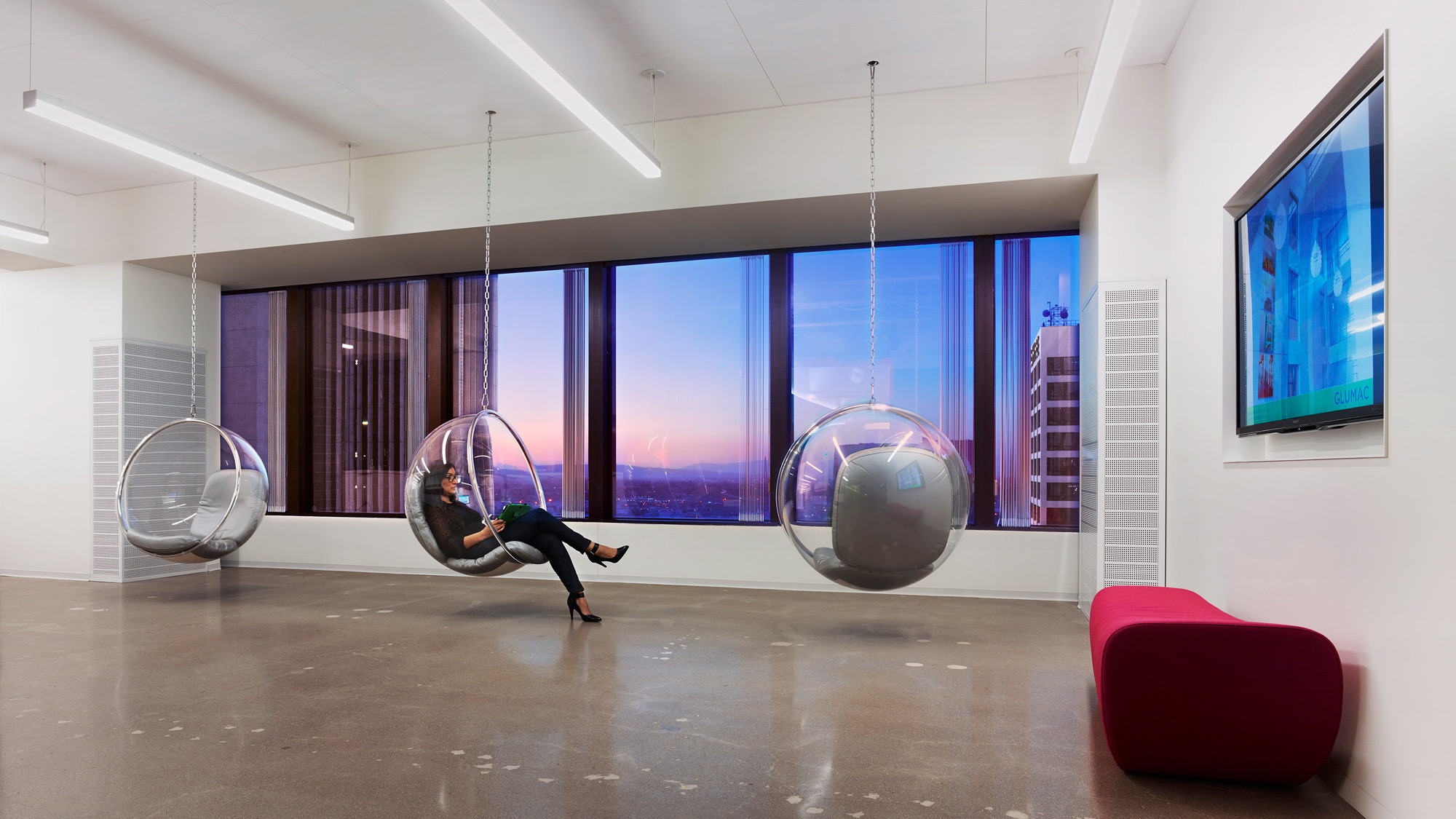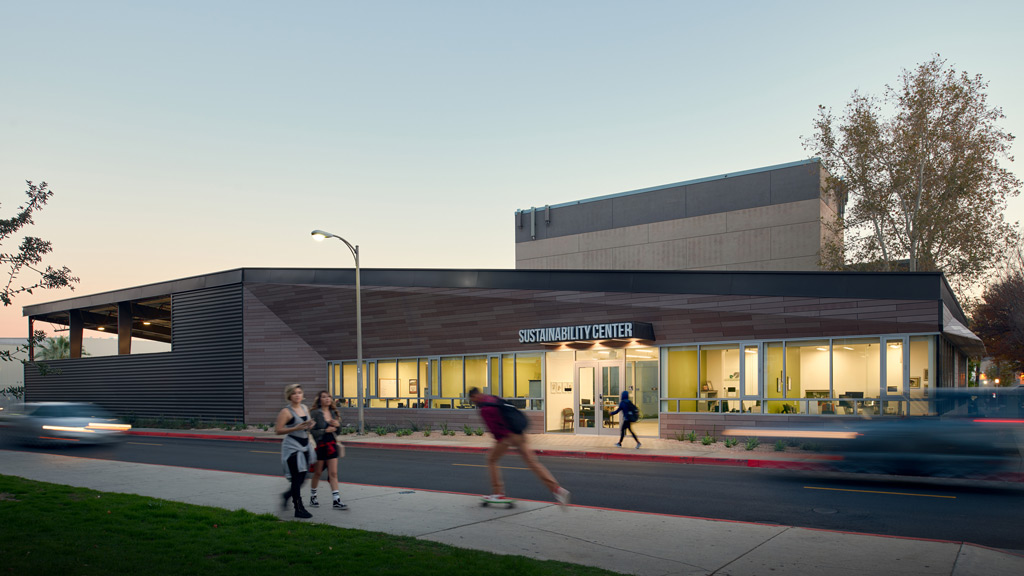Will California Lead the Way to Energy Independence?
By Anthony Brower
This post is part of a series in which we look at the critical role that the architecture and design play in global efforts to address climate change. For more on the research behind it, take a look at our Impact by Design report.
The architecture and design community has been aware of its responsibility to lead the fight against climate change for several decades now. Important industry initiatives like the AIA’s Architecture 2030 Commitment use techniques like voluntary self-reporting from firms to help bring down the energy consumption and carbon footprint since 2009, and Gensler is proud to be a leader in that program.
Changes going on around the world are rapidly shifting the conversation around energy conservation and climate change from a voluntary, corporate social responsibility goal to an actual business imperative. Major decisions to prohibit internal combustion engine vehicles between 2030 and 2040 made international headlines, but there are similar regulatory changes already in place for buildings. These applications will be game-changing for major real estate markets like California.
A Moment of Change
The architecture, engineering, and construction industry will have to make major adjustments in the years ahead now that many state, city and local governments are getting serious about creating a carbon neutral (or net-zero energy) buildings sector. Several municipalities are preparing to shift from incremental energy conservation and efficiency measures for buildings to energy independence.

Few places are more aggressive than California. New single-family residential buildings in Santa Monica are already required to meet these new requirements. Net Zero Energy (NZE) buildings are high performance developments that do not consume any more energy than they can produce by renewable means. This is generally is expected to occur on-site.
The Impact of Building Use Types
Why policymakers decided to start with residential buildings is certainly another worthy investigation, but as we unpack different building uses through the lens of energy demands we find that there are essentially two different types of buildings. Internal load dominated and external load dominated. Internal load dominated buildings regulate the temperature of the building by offsetting the heat from people and equipment contained within them. This application makes up much of the commercial development market. External, also known as skin or facade load dominated buildings, like single family homes, generally have a lesser density of people and minimal equipment so the conditioning of the space is driven by the temperature and other impacts from outside the building.
Skin load dominated buildings are generally easier to design to this level of performance. This is due to advances in building envelope materials and supported by improvements in residential equipment efficiency. Combine this with new smart home connected devices that allow people to control conditioning in a more responsive way, and it’s easy to see how starting with residential buildings will accelerate the development of new economies of scale.

Leading by Example
To spur the advancement of Net Zero Energy for internal load dominated buildings, the state of California has a plan to lead by example. Half of all new government projects are required to implement NZE design by as early as 2020 and the balance, including existing government building renovations or retrofits, and all new commercial projects, will be phased into the mix by 2030. These code requirements will likely be triggered at the point of permit, meaning that a project that breaks ground in 2020 will have to get started with its high performance design integration as early as 2017. No that’s not a typo, we’ve already started designing for this change.
As the cost of energy continues to rise and manufacturing becomes streamlined on solar panels, making them more cost effective, the financial cost for on-site renewables will become more attractive than simply plugging into the local utility. At that point, the challenge becomes one of space.
Large projects on constrained sites with high energy demands may not have the ability to produce enough to offset their needs. These properties may need to purchase over-generation from other properties.

Much like selling air rights, where one property sells unclaimed usable area to another through a covenant process, low energy consumers may be positioned to do the same. Parking garages and warehouse spaces, with minimal loads beyond lighting and elevator movement, are prime opportunities for over generation sales.
I am excited to see the policy changes we are setting for residential, government, and commercial development as we strive to make the exceptional projects of today into the new standard of care for all buildings tomorrow.
What are you doing to prepare for Net Zero everywhere?
For media inquiries, email .
